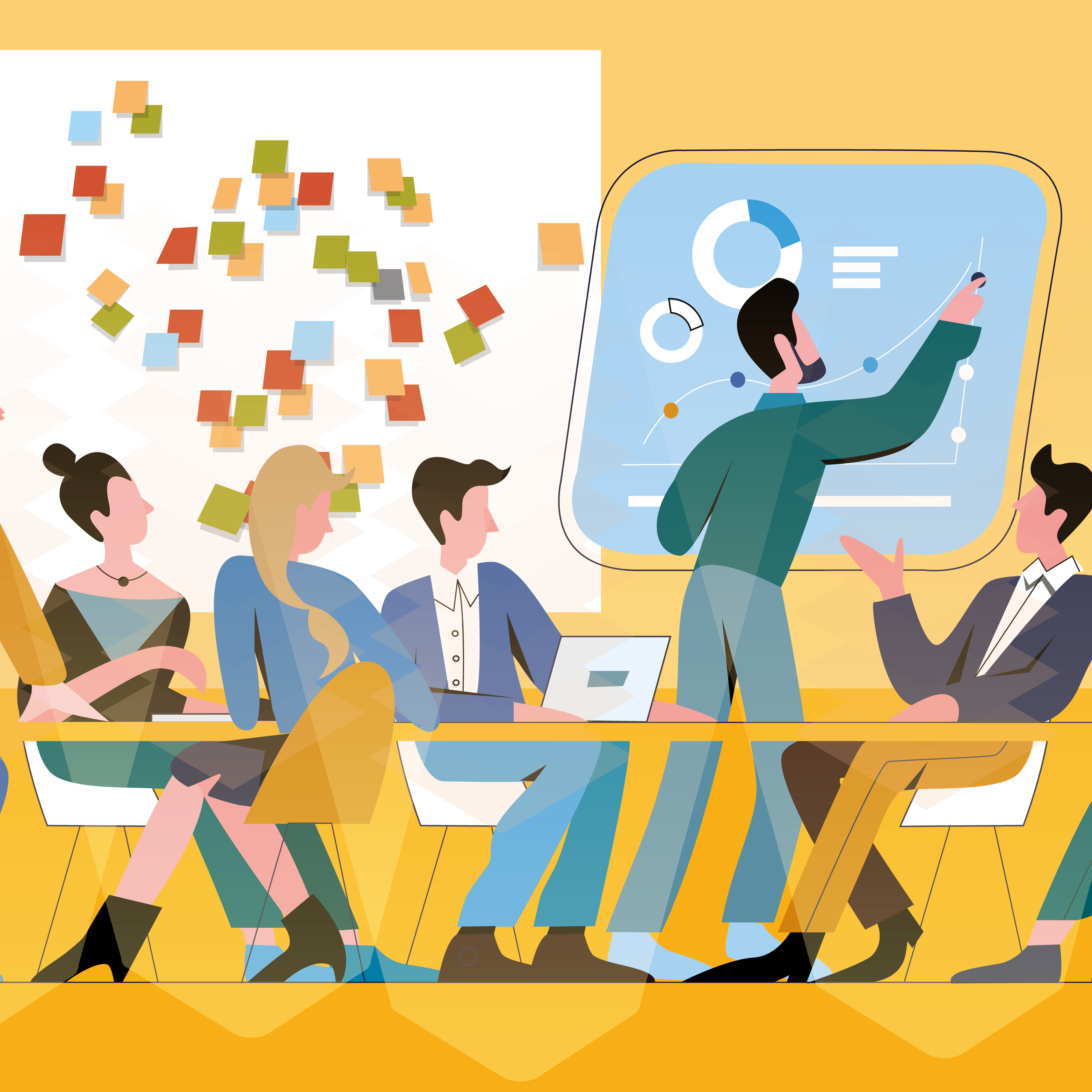
Track Information
Introduction
This hackathon lasts for 24 hours (excluding preparation events) and teams will collaborate online simultaneously during this period. Entry is open to teams and individuals/small groups who are interested in collaborating with other groups in a multi-institution context.
The final expected deliverable of the Global Reconnection Hackathon is a short video proposal, which will be judged by a panel of social innovation experts. The video proposal is expected to motivate and describe the technological solution, and to provide a prototype demonstration (if appropriate). Outstanding solutions will be recognized with awards.

Dimension ONE
Social Issue A:
Social Distancing
After the outbreak of COVID-19, most countries have been taking different measures to suppress the spread of the pandemic. Imposing stringent social-distancing policy is one of them. Social distancing (also referred to as physical distancing) is to keep a safe space between people to avoid face-to-face physical connections or interactions. Nevertheless, the longer time people are experiencing social distancing, the more profound impacts they may have. You may probably notice that already.
In general, people will develop anxiety and loneliness when isolated. According to a new report from the National Academies of Sciences, Engineering, and Medicine, social isolation has been linked to a 50 percent increased risk of dementia, a 29 percent increased risk of heart disease, and a 32 percent increased risk of stroke. Apart from that, we also worried about getting the disease, which put more pressure on ourselves. This leads to a challenge in striking a balance between keeping social solidarity to fight against the pandemic and alleviating the adverse effects that long-term social distancing would bring as at the end of the day. Human beings are social beings.
The technology nowadays is able to mitigate the negative effects mentioned. We can do video call so that we can “meet” people through the internet. Here comes another question. Can this replace face-to-face interaction? It is hard to know our body language, facial expression, and it is not easy to have eye contact in a virtual setting. Also, family members cannot reach out to others; elderlies can only stay in a small area and waiting for other supports; students can only learn from home and loss meaningful interaction with classmates; homeless people cannot go to the shelter due to the facilities closed; and more peoples are suffering in this situation due to a lack of resources or support.
Are you able to identify other difficulties that social distancing brings to us? How might we prototype a product or design a service to cope with the unfavourable impacts of social distancing?
 .
. 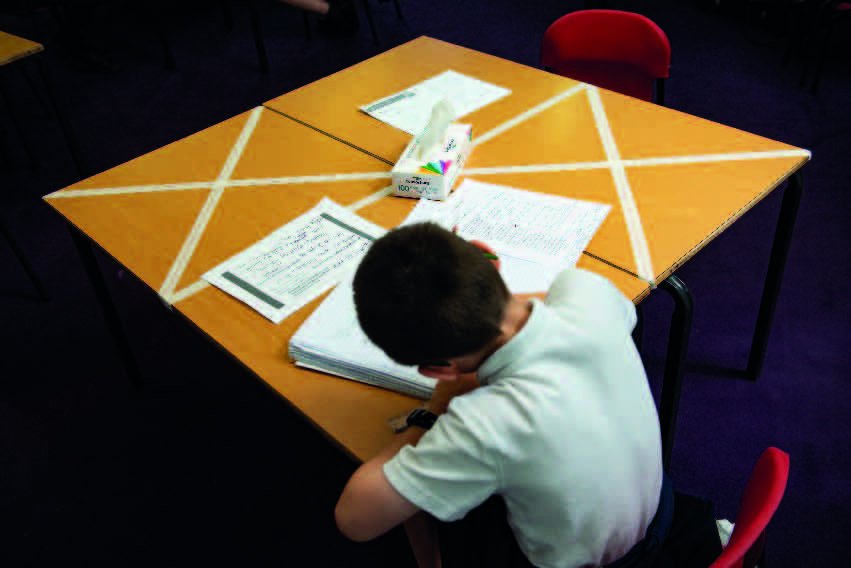
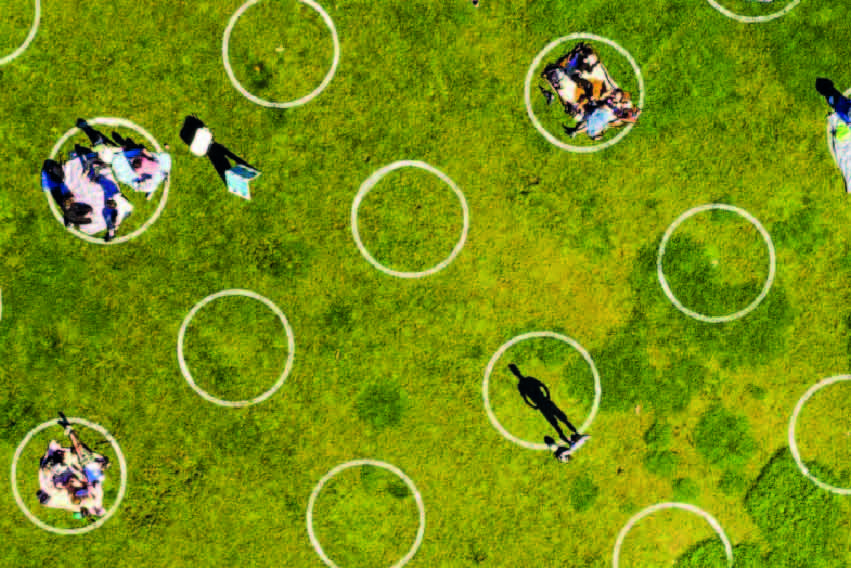
Social Issue B:
Education
The pandemic makes most of the work from home and learn from home. Under this situation, education is facing a tremendous challenge: how to conduct quality teaching and learning virtually? Reported by UNESCO, these nationwide closures are impacting over 1 billion students from 106 countries. The temporarily closed educational institutions stopped all face-to-face interaction, which brings a negative impact on developing their social skill and discourages their learning motivation. Particularly, the problem is more serious for vulnerable and disadvantaged communities. In a developed region, underprivileged children may not have laptops and can only rely on a mobile phone to have remote learning. Also, in developing countries, children fail to access to the Internet or ever off-grid. At the same time, parents unprepared for distance and homeschooling. When schools close, parents are often asked to facilitate the learning of children at home and struggle to perform it. This is especially true for those with limited education and resources. From the teacher's aspect, they are often unsure of their obligations and how to maintain connections with students to support learning. Transitions to distance learning platforms tend to be messy and frustrating, even in the best circumstances. This not only increases their workload but also require them to master different skills in a short period of time.
Can you develop an idea to fill the gap between different parties, and ensure the quality of remote teaching and learning? Also, look back at your university, does the pandemic impact you or your classmate? Can you propose a creative solution to resolve the problem and amplify the benefit?
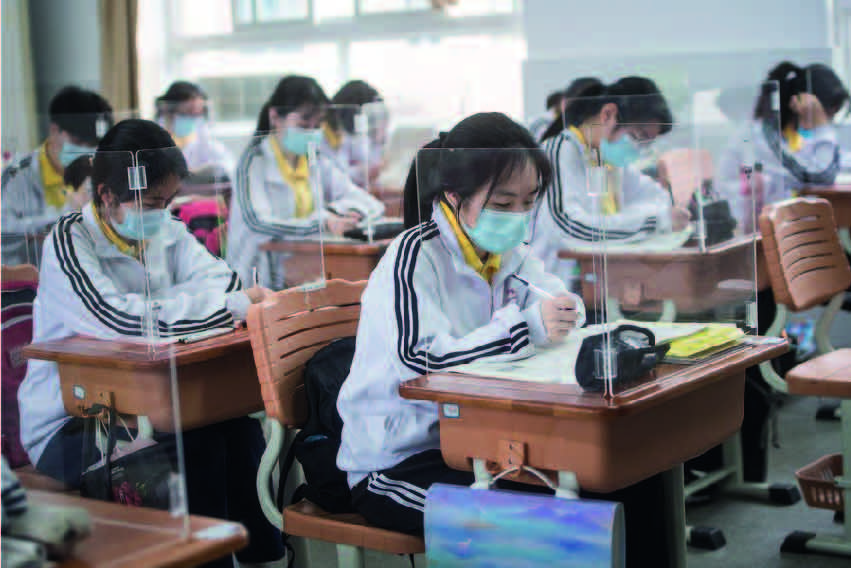 .
. 
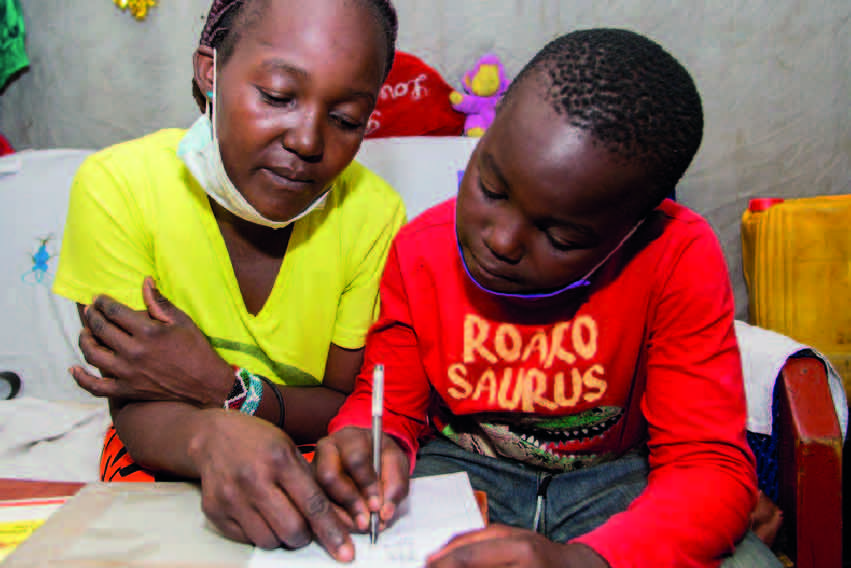
Dimension TWO
Service Recipients

Elderly

Kids

Women

University Students

Homeless People
Dimension THREE
Project Type A:
Services
You can design a service to serve the target community. When you design the service, remember you need to focus more on the implementation plan. For example, how should the services be structured? Are they any intended outcome(s) for each for the sessions? How long should the service be? How be the impacts sustainable?
Specification:
- Budget: HK$40,000 (US$5,000)
- Service Hours: >20 hours
- Service Period: On or before 31 Aug 2021
- Location: Anywhere, online or physical
Deliverables: Your team needs to submit a 3-minute video at the end of the Hackathon, the video may include but not limited to
- Mission & Vision;
- Problem Statement;
- Required Expertises;
- Impact on the community;
- Preparation Timeline;
- Budget;
- Implementation Plan; and
- Evaluation.
Project Type B:
Product
Your team may also consider developing a product to tackle the problems. You can apply the paper prototyping technique to sketch the system's user interface or the technical blueprint. When you design the product, you need to focus on the feasibility. Make sure the technical solution can be implemented within the limited resources.
Specification:
- Budget: HK$40,000 (US$5,000)
- Location: Anywhere, online or physical
Deliverables: Your team needs to submit a 3-minute video at the end of the Hackathon, the video may include but not limited to
- Problem Statement;
- Required Expertises;
- Impact on the community;
- Technical Blueprint;
- Functional Specification;
- Development Timeline;
- Budget; and
- Implementation Plan.
